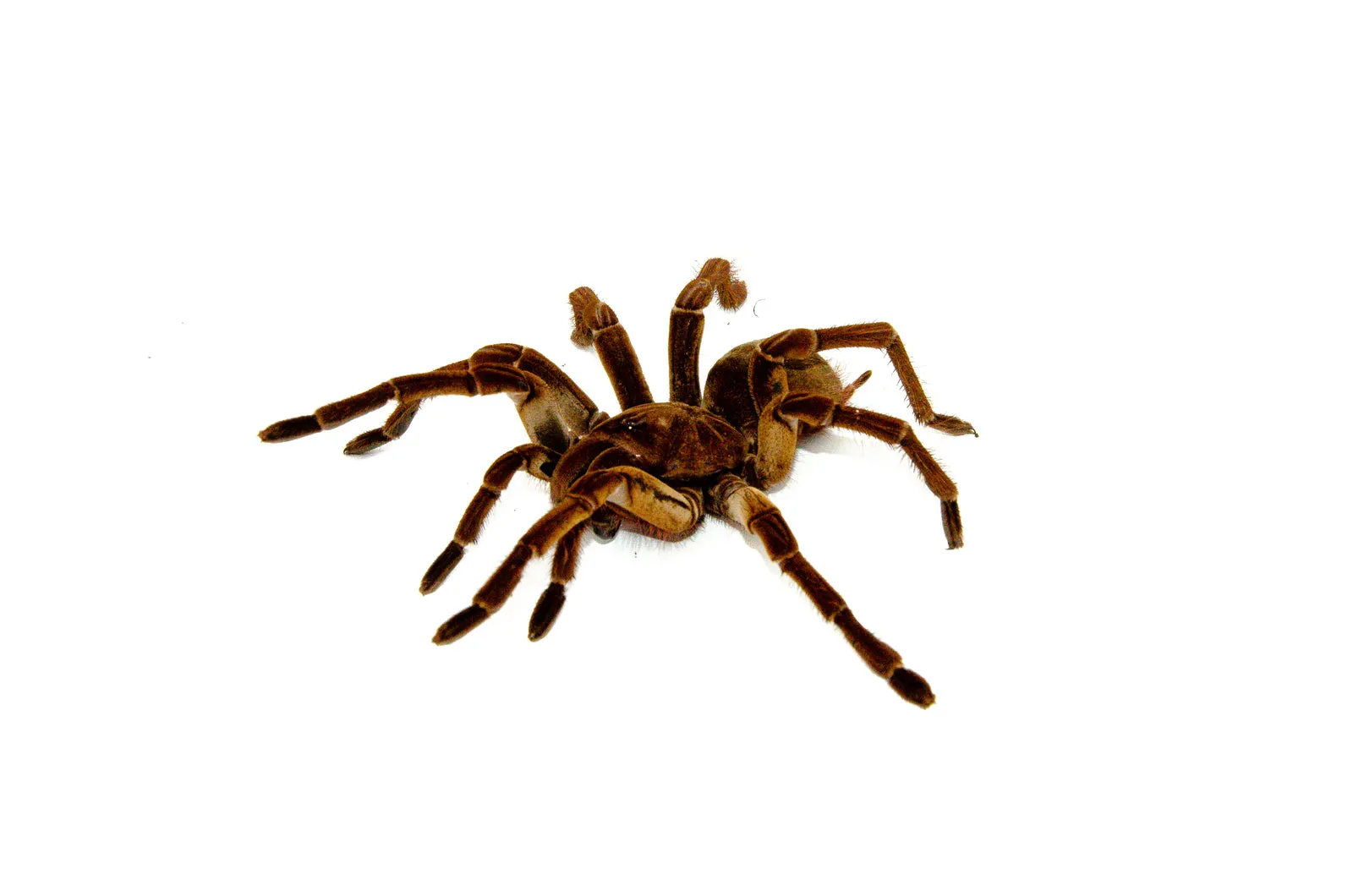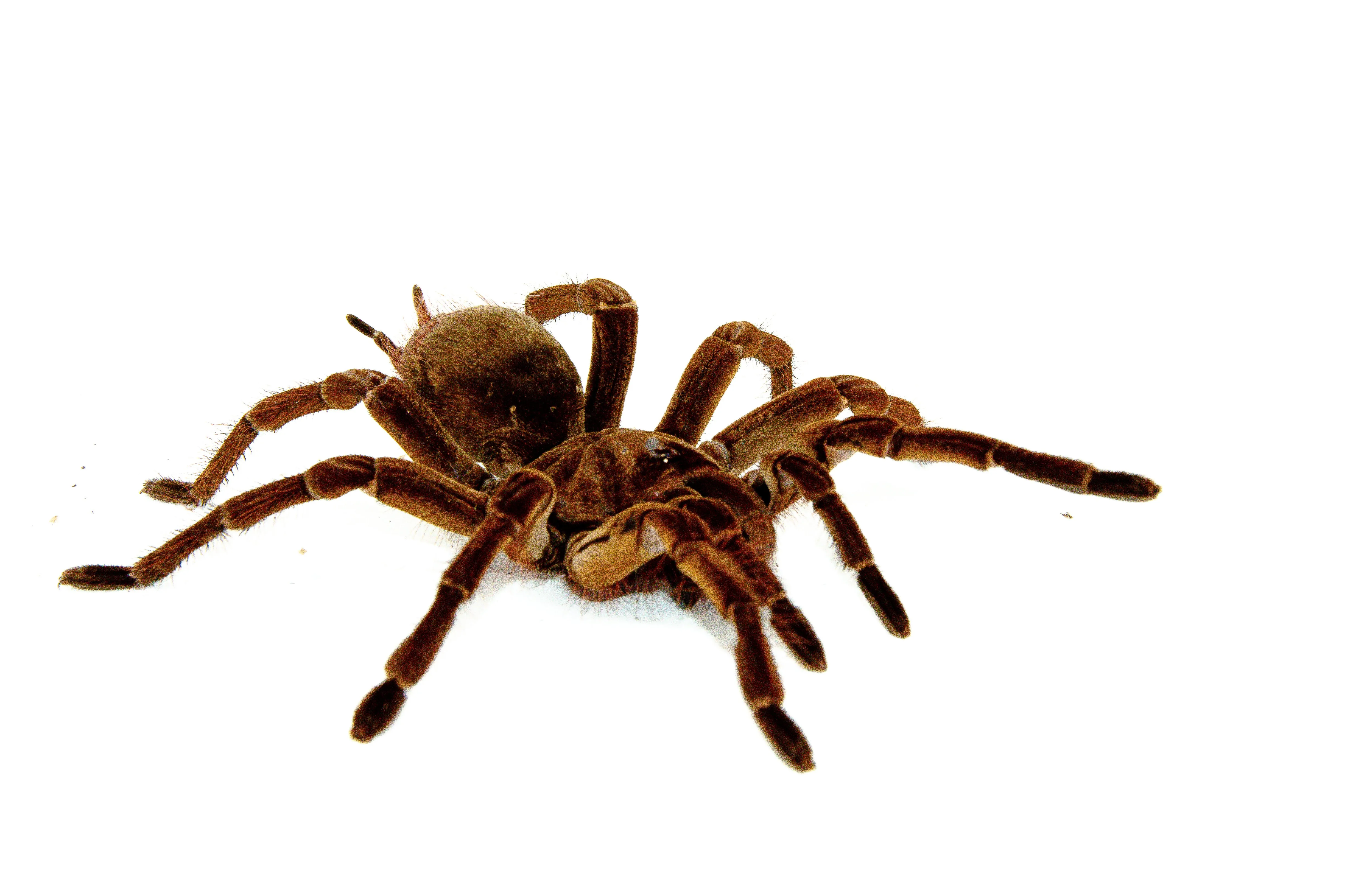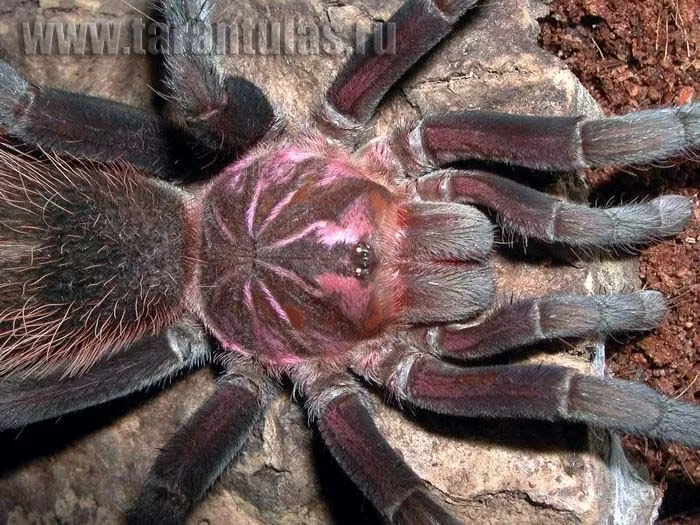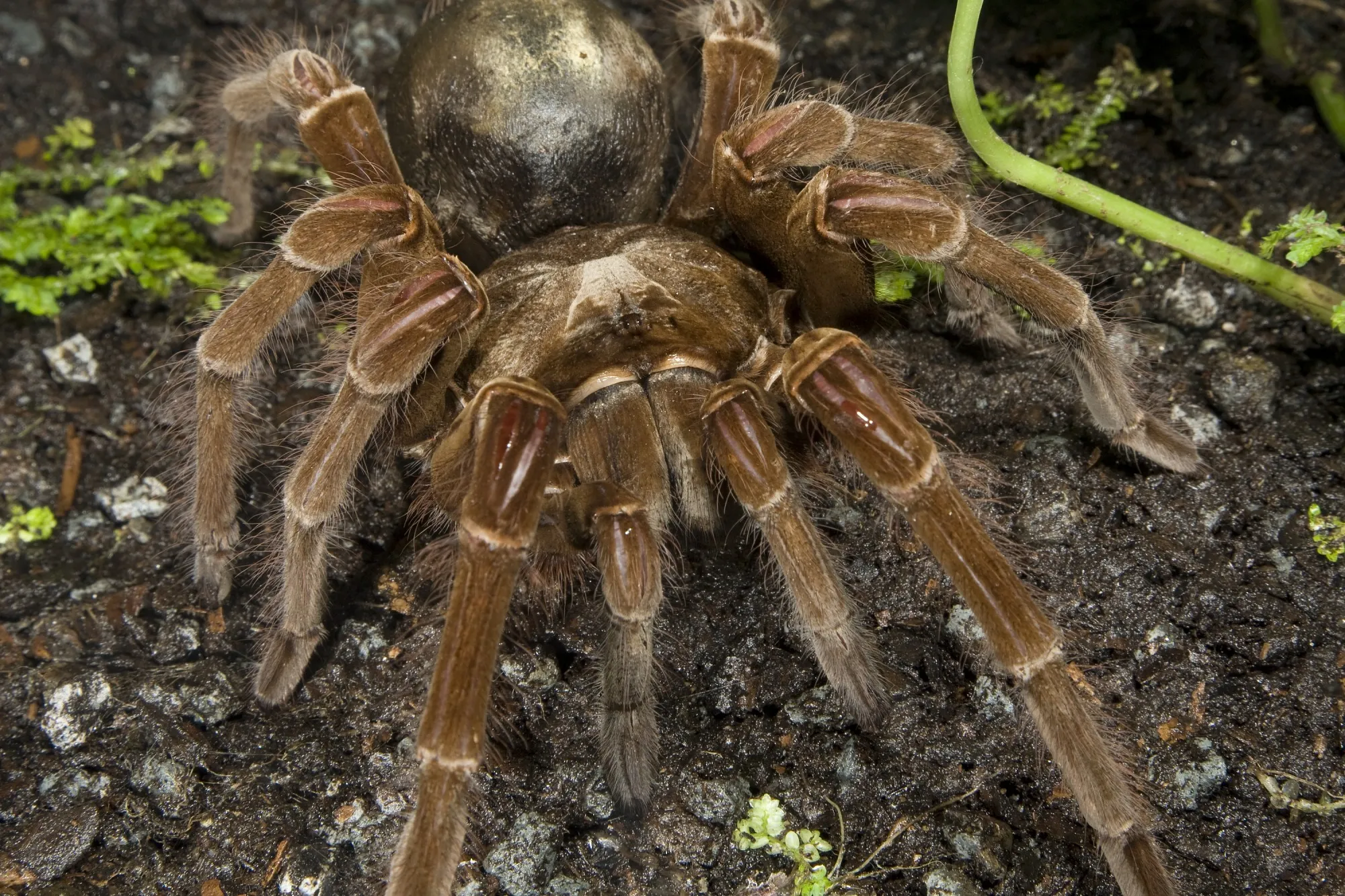Goliath Bird Eating Tarantula: Top 5 Habitats
The Goliath birdeater tarantula (Theraphosa blondi) is the world’s largest spider, a title that immediately sparks curiosity. This impressive arachnid, known for its size and imposing appearance, primarily inhabits the rainforests of South America. Understanding the specific locations where these giants thrive is key to appreciating their place in the ecosystem and the conservation efforts required to protect them. This article will explore the top 5 locations where you can find the Goliath birdeater tarantula, delving into the environmental factors that support their existence.
The Amazon Rainforest as a Goliath Bird Eater Haven
The Amazon rainforest is the primary habitat for the Goliath birdeater tarantula. This vast, biodiverse region provides the ideal conditions for these spiders to flourish. The rainforest’s consistent warmth and high humidity create a comfortable environment, while the abundance of prey ensures a readily available food supply. The Amazon basin, sprawling across multiple countries, offers a complex mosaic of microhabitats that support the Goliath’s diverse lifestyle. The ability of the tarantulas to burrow in the earth and hide under the roots is crucial for their survival. The Amazon, is more than just a location, it is a sanctuary for the Goliath birdeater, providing everything it needs to survive and thrive.
Understanding the Amazon’s Climate

The climate of the Amazon rainforest is a critical factor in the Goliath birdeater’s survival. The region experiences high temperatures and humidity year-round. The consistent warmth speeds up the spider’s metabolism, making it more active and increasing its need for food. High humidity helps prevent the spiders from drying out, as they are vulnerable to dehydration. The predictable rainfall patterns are also beneficial, ensuring a stable water supply. These climatic conditions create an environment that the Goliath birdeater has adapted to over millennia, establishing the Amazon as its primary home.
The Amazon’s Diverse Terrain
The Amazon’s diverse terrain also contributes to the Goliath birdeater’s habitat. From the dense forest floor to the edges of riverbanks, these spiders have multiple options for creating burrows and finding shelter. The presence of well-drained soil, often rich in organic matter, is essential for burrowing. The various types of vegetation provide cover from predators and a hunting ground for prey. The varied terrain ensures that the Goliath birdeater can find a suitable location to call home. This adaptability in selecting terrain further explains the Goliath’s wide distribution within the Amazon basin.
Exploring Guyana as a Goliath Habitat
Guyana, located in South America, is another important location for the Goliath birdeater. This country, with its lush rainforests and tropical climate, provides a perfect environment for these spiders to thrive. The undisturbed nature of the habitat, coupled with the available food sources, creates an ideal location for the species. These spiders have adapted to the conditions, establishing a population that is crucial to the ecosystem. The presence of the Goliath birdeater is a testament to Guyana’s ecological health.
Guyana’s Lush Rainforest Environment

Guyana’s lush rainforest environment is one of the key factors in supporting the Goliath birdeater. The dense, humid forests provide the necessary shelter and protection from the elements. The high humidity is essential for maintaining the spider’s hydration, while the thick vegetation offers many opportunities for ambush and concealment. The undisturbed areas of the rainforest are critical, providing ideal conditions for burrowing and reproduction. The undisturbed nature of the habitat gives the spiders the space they need to thrive.
Factors Influencing Tarantula Distribution in Guyana
Several factors influence the distribution of the Goliath birdeater within Guyana. The presence of suitable soil for burrowing is crucial, along with the availability of prey. The tarantulas prefer areas with high humidity, away from direct sunlight. The distribution is also affected by the presence of natural predators and competition from other species. Conservation efforts aimed at preserving the rainforest and reducing human encroachment are also important for the spider’s survival. The long-term preservation of the Goliath birdeater in Guyana is dependent on maintaining all these factors.
Suriname The Perfect Home
Suriname, another South American country, is a significant habitat for the Goliath birdeater. The country’s ecosystem is rich in biodiversity, supporting various species, including the world’s largest spider. Suriname’s climate and terrain provide ideal conditions for the spiders, making it a crucial location in their geographic range. The undisturbed nature of many areas in Suriname is instrumental in supporting Goliath birdeater populations. The ability of the Goliath birdeater to thrive in Suriname highlights the ecological importance of the region and the need to protect this unique ecosystem.
Suriname’s Unique Ecosystem

Suriname’s unique ecosystem plays a crucial role in supporting the Goliath birdeater. The country’s rainforests are home to diverse flora and fauna, creating a rich environment. The presence of various insects, small amphibians, and reptiles provide an abundant food supply for the spiders. The undisturbed nature of the forest offers the Goliath birdeater safe places to create burrows and shelter. These elements make Suriname an optimal habitat. Preserving Suriname’s unique ecosystem is essential to the long-term survival of the Goliath birdeater.
How the Ecosystem Supports Goliath Tarantulas
The ecosystem in Suriname provides a supportive environment for the Goliath birdeater in numerous ways. The warm, humid climate is perfect for the spiders’ needs, helping with metabolism and hydration. The forests provide shelter and ample hunting opportunities. The presence of varied prey species ensures an adequate food supply, promoting healthy populations. The well-preserved nature of Suriname’s ecosystem provides a balanced environment. This ecological balance is key for the Goliath birdeater’s survival, highlighting the importance of environmental conservation efforts in Suriname and beyond.
French Guiana Goliath Bird Eater Stronghold
French Guiana, a French overseas territory in South America, is another key location for the Goliath birdeater. Its tropical climate and lush rainforests provide an ideal habitat. The area is part of the Amazon basin, sharing similar environmental conditions. French Guiana’s commitment to conservation and protection of its natural resources contributes to maintaining a safe haven for this impressive species. It supports a thriving population of Goliath birdeaters and underscores the importance of these habitats for biodiversity. The French Guiana’s role in maintaining the Goliath birdeater population cannot be overstated.
French Guiana’s Tropical Climate

French Guiana’s tropical climate is perfect for the Goliath birdeater. High temperatures and constant humidity create a suitable environment for the spiders. The consistent warmth boosts their metabolism, making them active hunters, while the humidity helps to maintain hydration. The climate supports the rich biodiversity of French Guiana, which directly impacts the tarantula’s food sources. The predictable rainfall patterns are also beneficial, offering a stable water supply. This climate is essential for the species and the various other species that coexist in the environment.
French Guiana’s Predator-Prey Dynamics
The predator-prey dynamics in French Guiana play a vital role in sustaining Goliath birdeater populations. The spiders are apex predators in their environment, feeding on a wide variety of prey. The availability of insects, small vertebrates, and other invertebrates helps the spiders to thrive. Predators, like some snakes and large mammals, also affect the population. The balance in the ecosystem, with a combination of predator and prey, promotes biodiversity and keeps the environment healthy. Maintaining a proper balance among these species is critical to the Goliath birdeater’s survival.
Venezuela’s Role in Goliath Tarantula Distribution
Venezuela also plays a crucial role in the distribution of the Goliath birdeater. The country’s diverse habitats, including rainforests and wetlands, provide suitable environments for the spiders. The presence of the Goliath birdeater in Venezuela indicates the health of these ecosystems. Venezuela’s location in the Amazon basin provides them with the ideal climatic and environmental factors they need. The preservation of the spider’s habitat in Venezuela is crucial for maintaining the species and biodiversity in the region.
Venezuela’s Habitat Characteristics

Venezuela’s habitat characteristics, specifically its rainforests and wetlands, are perfect for the Goliath birdeater. The well-drained, moist soil allows the spiders to dig their burrows, and the high humidity helps them to stay hydrated. The abundance of insects, small amphibians, and reptiles is critical, as it provides a readily available food source. Protecting these habitats is critical for Goliath birdeaters, and all the other species that live in the same environment. The characteristics make Venezuela an ideal home.
Challenges Faced by Goliath Tarantulas
Goliath birdeaters face a number of challenges in their natural habitats. Habitat loss is a major threat, due to deforestation and human development. Climate change can also disrupt their habitats, altering rainfall and temperature patterns. Illegal pet trade and hunting further decrease populations. Conservation efforts are key to mitigating these challenges. These efforts include habitat protection, reducing poaching, and creating awareness, all of which play crucial roles in preserving these amazing spiders.
Conclusion
The Goliath birdeater tarantula’s existence in the Amazon rainforest, Guyana, Suriname, French Guiana, and Venezuela underscores the importance of these regions to its survival. These locations provide the critical climate, terrain, and food sources that are essential for the species. Efforts to protect these habitats are crucial for conserving the Goliath birdeater and the incredible biodiversity they are a part of. Protecting the Goliath birdeater’s habitat is vital for its survival and demonstrates the importance of preserving our planet’s amazing ecosystems.
